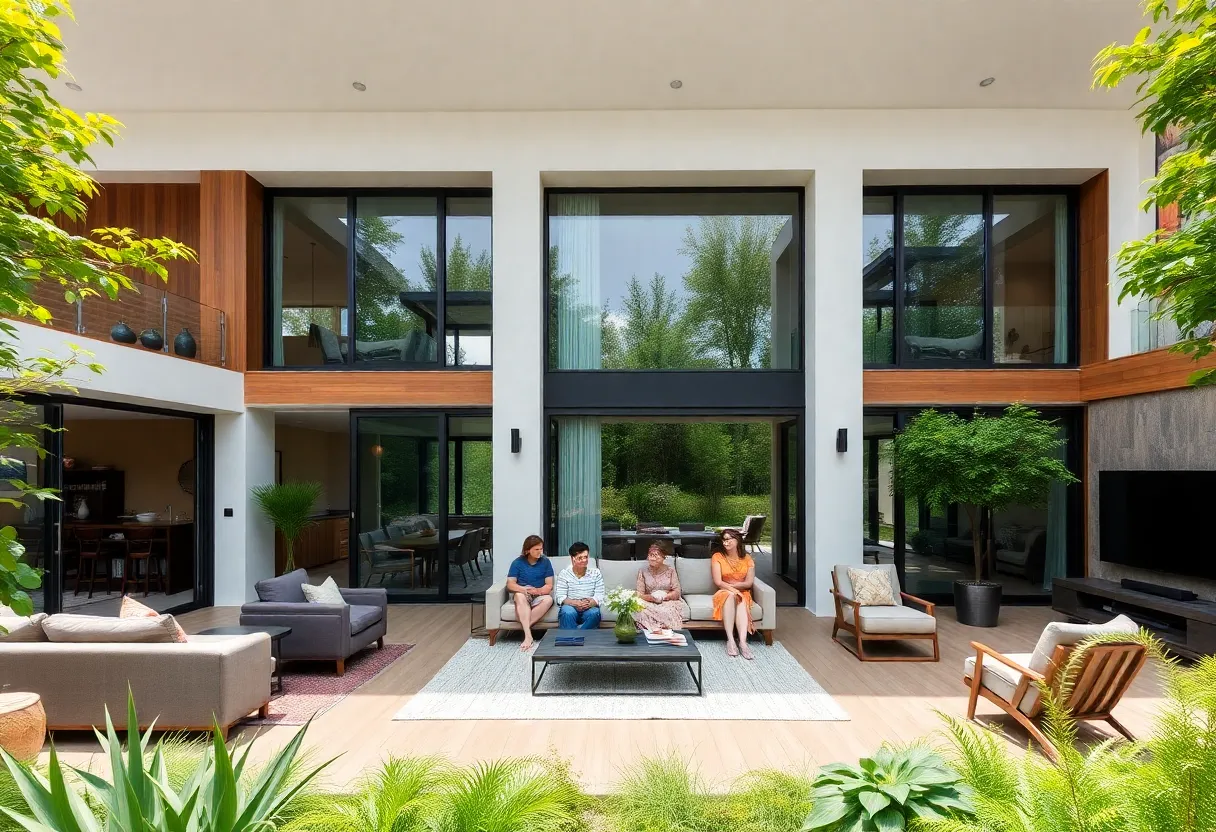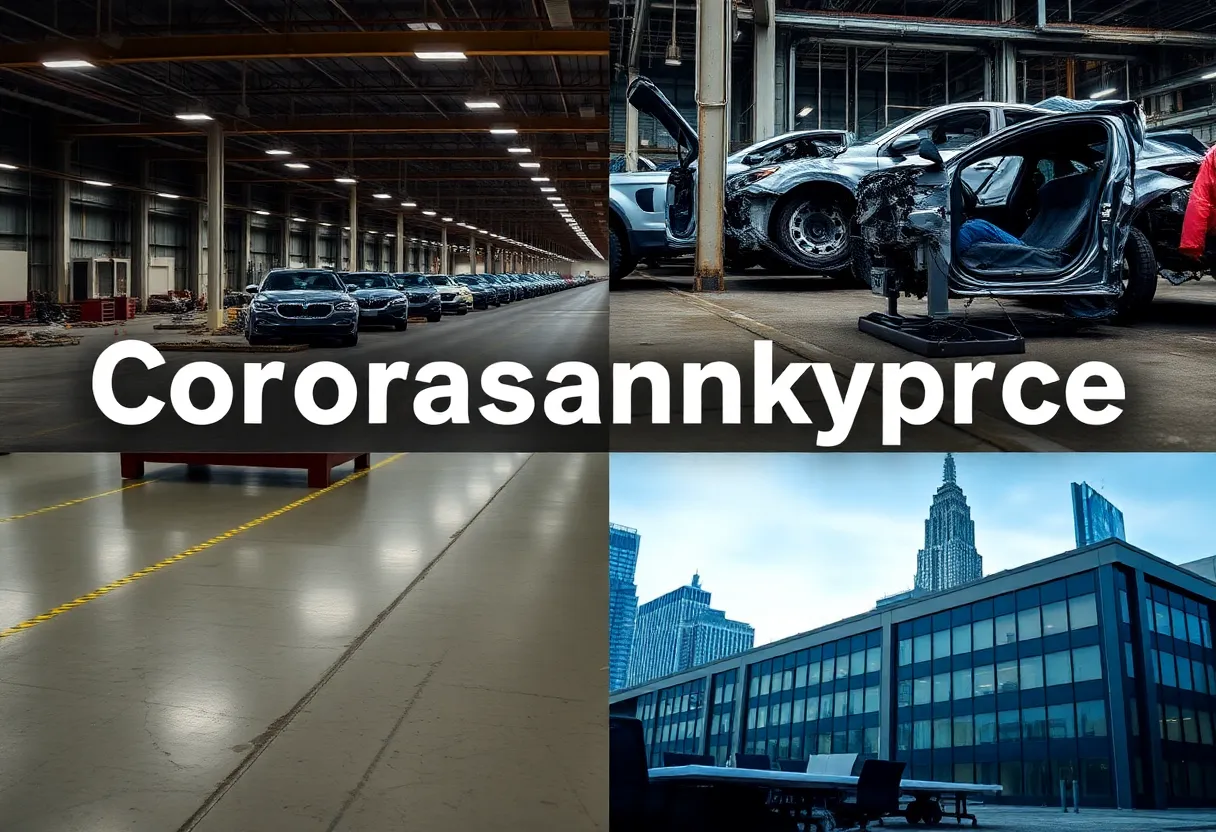What Are the Most Important Factors to Consider When Building a Multi-Generational Home?
Strategic Site Selection and Land Use
Choosing the right location is fundamental for designing a functional multi-generational home. The site must allow for adequate privacy, accessibility, and space for future expansion. Consideration of proximity to essential amenities such as schools, healthcare facilities, and transportation networks impacts daily life and quality of living. Additionally, local zoning laws and building codes can influence the scope of the project. Land with flexible zoning options can facilitate unique architectural layouts suited to multi-generational living.
Design and Layout for Privacy and Connectivity
Separate Entrances and Living Areas
In multi-generational homes, residents often require a balance between shared communal spaces and private zones. Designing separate entrances or self-contained units ensures autonomy for different family groups, reducing potential conflicts. Private bedrooms, bathrooms, and living rooms should be strategically positioned to offer both independence and easy access to shared spaces.
Open vs. Closed Floor Plans
Open floor plans foster interaction and a sense of community but may compromise privacy. Conversely, enclosed layouts offer seclusion but can seem isolating. A hybrid approach allows spaces to serve both purposes, with flexible partitions or acoustic barriers to enhance privacy when needed.
Accessibility and Universal Design
Planning for mobility and aging considerations is crucial. Features such as wider doorways, zero-threshold entrances, and non-slip flooring accommodate residents with limited mobility. Incorporating universal design principles ensures that the home remains functional for all age groups and abilities, reducing future modifications and promoting independence.
Robust Structural and Mechanical Systems
Electrical and Plumbing Infrastructure
The electrical system must support increased load from additional appliances and technology. Planning for multiple outlets, circuit breakers, and backup power enhances safety and convenience. Plumbing systems should be designed for efficiency and sufficient capacity—particularly if self-contained units are included—to prevent congestion or shortages.
Heating, Ventilation, and Air Conditioning (HVAC)
Effective climate control across varied zones contributes to comfort and energy efficiency. Zoned HVAC systems allow for tailored temperature settings, accommodating residents’ preferences and reducing operational costs. Proper insulation further enhances energy-efficient performance and comfort throughout the home.
Remote and Technology Integration
Smart home technology can improve security, energy management, and communication within a multi-generational household. Features such as smart locks, surveillance systems, and voice-activated devices enable residents to monitor and control their environment easily. Robust internet infrastructure supports telecommuting, remote healthcare, and entertainment needs, which are vital for diverse age groups.
Safety and Security Measures
Integrate security systems such as alarms, cameras, and motion sensors to safeguard residents. Adequate outdoor lighting, secure fencing, and accessibility features that minimize fall hazards contribute to a safe environment. Emergency preparedness, including easy-to-access fire exits and smoke detectors, must be prioritized.
Budgeting and Cost Management
Accurate budgeting anticipates construction and ongoing expenses. Multi-generational homes tend to have higher initial costs due to larger footprints and specialized features. Consider the use of durable, energy-efficient materials to reduce maintenance costs and utility bills. Financial planning should include contingencies for unexpected expenses, ensuring project stability.
Environmental Sustainability
Designing eco-friendly homes minimizes environmental impact and reduces operational costs. Incorporate energy-efficient windows, solar panels, and high-performance insulation. Water-saving fixtures and sustainable landscaping enhance resource conservation. Green building practices align with long-term cost savings and the well-being of residents.
Flexibility for Future Growth
Anticipate evolving needs by integrating adaptable spaces. Modular room designs, movable partitions, or convertible areas allow the home to accommodate changing family dynamics. Infrastructure capable of supporting future technological upgrades or expansion also makes the property more resilient and valuable over time.
Legal and Regulatory Considerations
Understand local building codes, zoning restrictions, and permitting processes. Multi-generational homes may require specific approvals, especially if designated as accessory dwelling units or split residences. Clear legal frameworks prevent future complications and ensure compliance with applicable laws.
Engaging Professional Expertise
Working with architects, designers, and construction specialists experienced in multi-generational projects enhances planning and execution. Their insights optimize space, functionality, and safety while managing costs effectively. Collaboration ensures that the design aligns with the family’s specific needs and aspirations.
Concluding Remarks
Building a multi-generational home involves nuanced consideration of multiple factors. From site selection to technological integration, each element influences livability and longevity. Prioritizing privacy, accessibility, safety, and sustainability creates a harmonious environment for diverse age groups. Thoughtful planning minimizes future disruptions, fostering a home that not only meets current needs but adapts to future demands.
Author: STAFF HERE NEW YORK WRITER
The NEW YORK STAFF WRITER represents the experienced team at HERENewYork.com, your go-to source for actionable local news and information in New York, the five boroughs, and beyond. Specializing in "news you can use," we cover essential topics like product reviews for personal and business needs, local business directories, politics, real estate trends, neighborhood insights, and state news affecting the area—with deep expertise drawn from years of dedicated reporting and strong community input, including local press releases and business updates. We deliver top reporting on high-value events such as New York Fashion Week, Macy's Thanksgiving Day Parade, and Tribeca Film Festival. Our coverage extends to key organizations like the Greater New York Chamber of Commerce and United Way of New York, plus leading businesses in finance and media that power the local economy such as JPMorgan Chase, Goldman Sachs, and Bloomberg. As part of the broader HERE network, including HEREBuffalo.com, we provide comprehensive, credible insights into New York's dynamic landscape.





